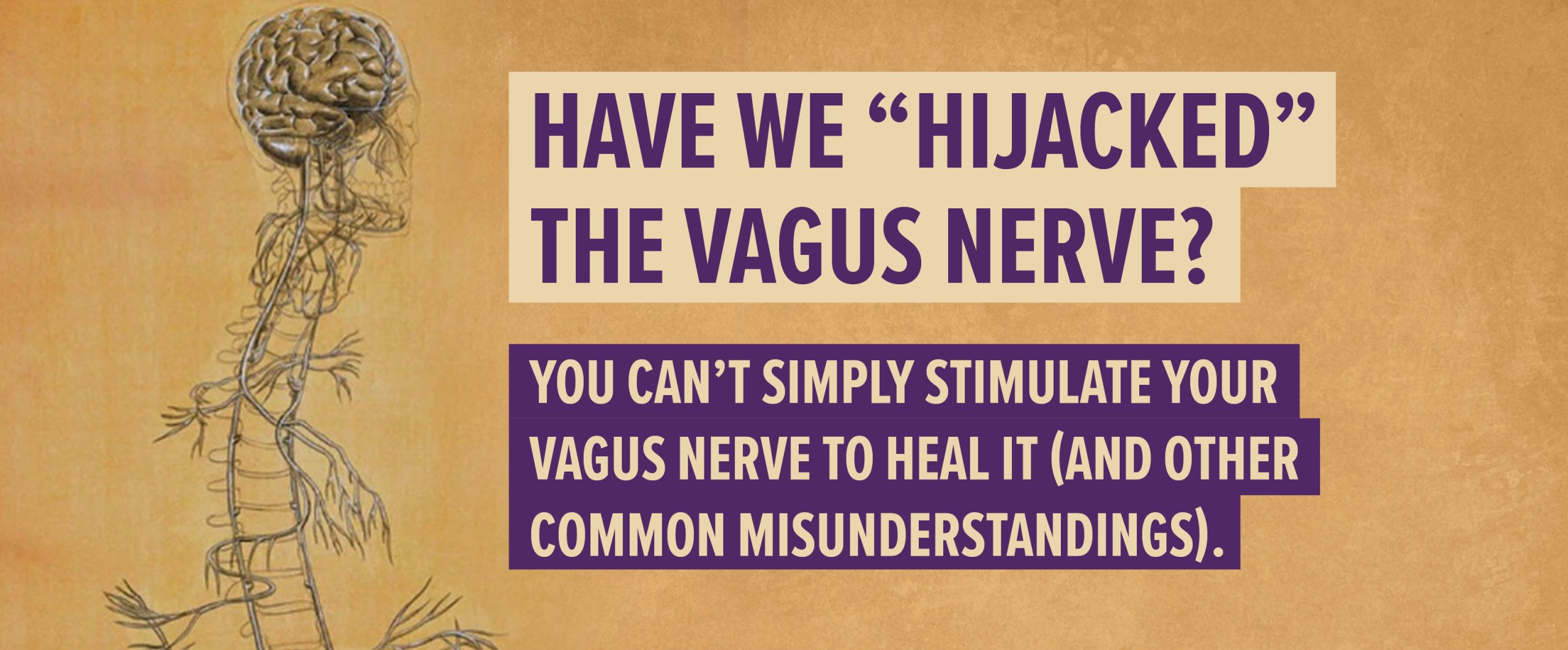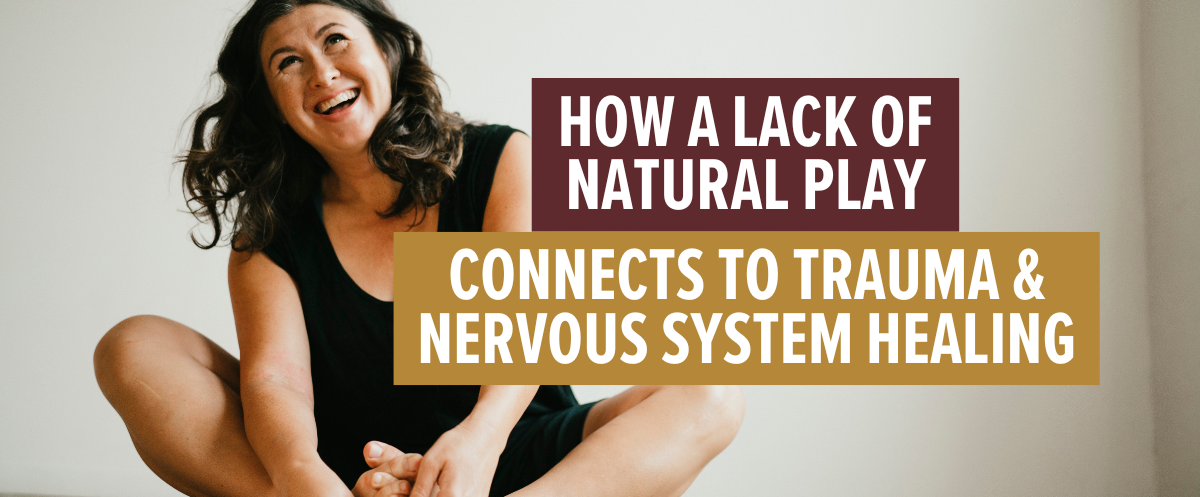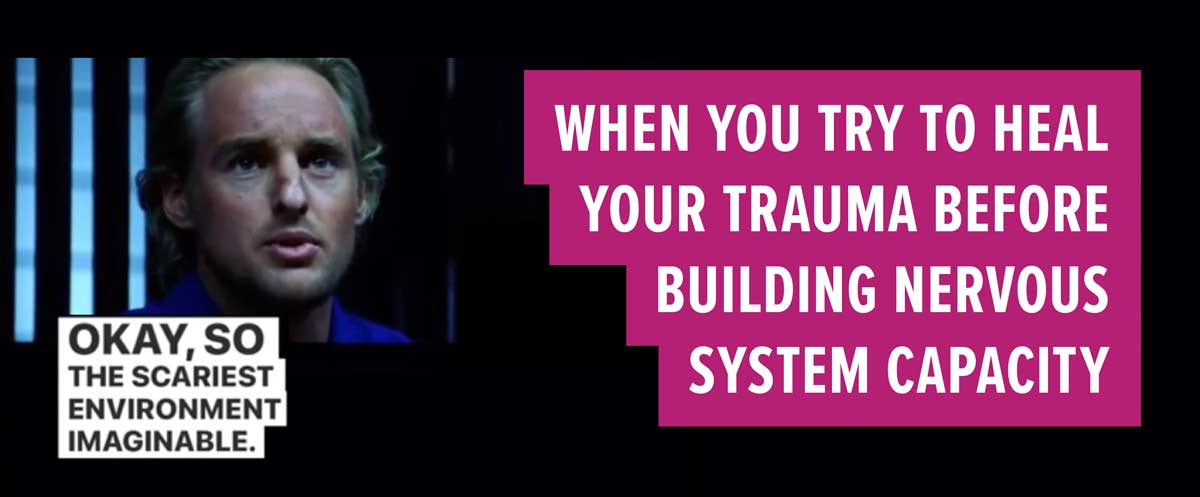
If anyone knows about achy knees it’s me.
Most chronic aches and pains, especially in the knees and lower back, are a result of something else not working properly in the body. Often it can be due to poor mobility and flexibility of the ankle-foot area. The exception of course is if you’ve had a direct injury to them.
The foot on its own has 26 bones!
That’s a lot for its size. If you add the lower leg bones into this mix (tibia and fibula) – which makes it the ankle joint – you then have a whole lot of joint articulation and movement potential.
The problem:
Most of us don’t take advantage of all these great joint articulations and the exquisite movement potential in our foot-ankle area. This means that areas higher up, such as the knee, hip and lower back (and of course everything else above this above), have to work a little harder.
Why is this so? Why don’t we have good access to our foot-ankle area?
.
1. Injury
A sprained ankle (an old sprained ankle) is a common culprit of lower back or knee pain.
It may take a few years to set in, but I often see people with chronic problems in their back and knee area, and very often it has popped up after an ankle injury (sometimes, years, even decades later).
What happens is when the ankle is injured (for example, rolling over your ankle, also called an “ankle sprain”), swelling occurs, and the joint becomes a little deadened. Less responsive. The movement within it loses its elasticity. The entire function of that joint becomes less intelligent. And then typically, we return back to walking and doing “stuff”, way too soon and proper healing doesn’t take place.
If this happens, that person is more likely to collapse inwards on that foot. This collapse inwards is the equivalent of not having proper foundation laid in a building structure, and then, over time, the structure starts to suffer. Stress points develop.
Translate this to our body:
The arch of the foot is no longer providing the support for the body, the side on which the collapse is taking place leads to points in the body that have to “hold-up” that much more, stress points develop (in the knee/hip/low back-area) in the form of tightness and even potential muscle tearing. Ouch!
.
2. Not living and walking daily on uneven surfaces
Unless you live in the mountains and/or go on daily walks through the woods (over roots and rocks, jumping over streams etc.), the chances that you are adequately using your ankle-foot area to its utmost potential is unlikely (remember all those 26 bones and joint articulations?).
You see, we were designed in circumstances that required complex and multi-directional usage of our bodies. Our hunter-gatherer ancestors moved and grooved in a very different tune as compared to our “walk on pavement, up stairs that are flat, run and walk only forwards”-type of movement style.
With this latter kind of body usage, our joints become formed to only be good in these kinds of environments. Leaving very little resiliency in our body, and especially our ankles and feet.
.
A solution?
It really depends on what kinds of resources you have.
- Do you have access to trails and uneven surfaces?
- Do you have a rocky beach that you can go and walk on?
- Can you find a way to mimic uneven and challenging terrain?
Unfortunately, a lot of the balance tools used in gyms and physical therapy settings still don’t cut it in terms of challenging the body (and brain) to a continually changing environment.
One Solution if you don’t have dirt and mountains nearby: Walking and running on a treadmill and playing with side-stepping and doing cross-overs, as well as adjusting the incline gives greater challenge and diversity to the ankle. So does doing fun game types of movements such as hop-scotch, jump rope and good old fashion jumping jacks.
If you’re interested in learning more tools to up your ankle-foot ante and put a bit more ping and resiliency through your system, drop me an email and let’s see what we can come up with.










